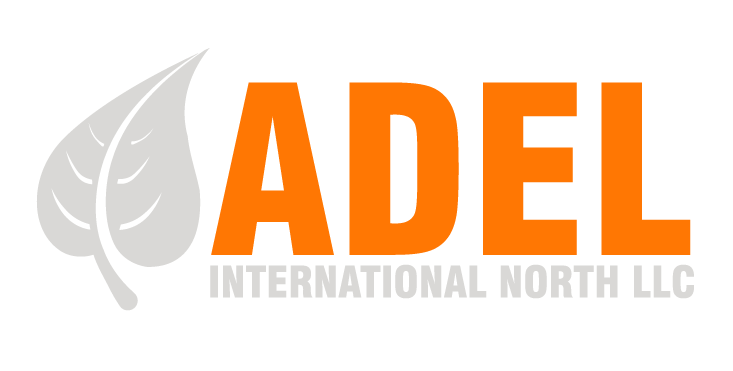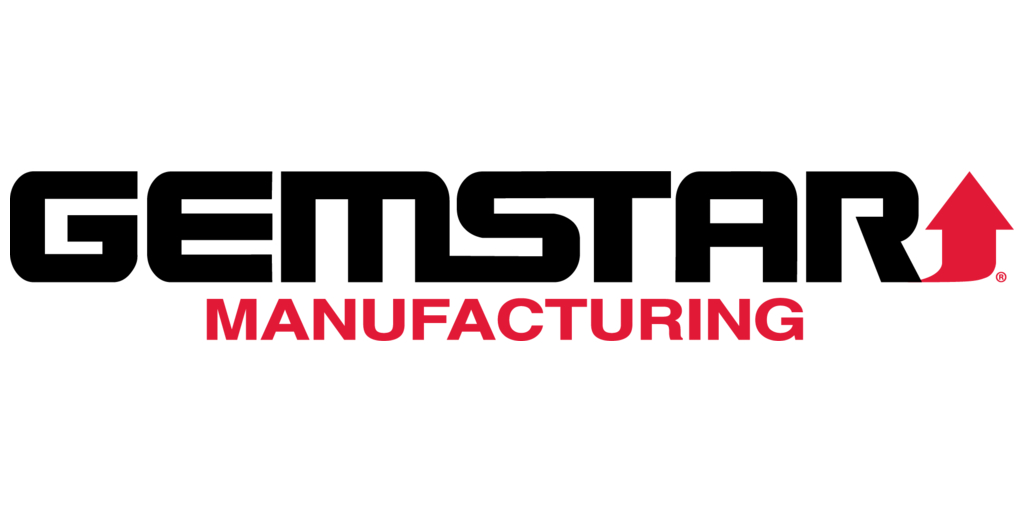The Importance of Rotational Molding
By: Nick Curry, Social Media Manager
Why Rotational Molding Matters
The Unsung Workhorse of Modern Products
Rotational molding, often referred to as rotomolding, quietly powers a significant portion of everyday infrastructure. From fluid tanks and rugged equipment housings to coolers, dock floats, and transit cases, the process delivers large, durable plastic parts that stand up to impact, weather, and time. Its importance goes beyond making “big hollow parts.” Rotomolding blends design freedom, material performance, and practical economics in a way that helps programs move from concept to market without massive capital outlays or inflexible, high-volume commitments.
How the Process Works—and Why That Matters
In rotomolding, polymer powder is placed inside a hollow tool, which is heated and rotated on multiple axes so the material melts and evenly coats the interior. Because it relies on gentle heat and gravity rather than high pressure, the polymer avoids excessive shear and retains toughness. The outcome is a seamless shell with uniform walls, relaxed residual stress, and excellent impact resistance—precisely the qualities needed when products live outdoors, endure rough handling, or face chemicals and UV exposure.
Design Freedom that Simplifies the Bill of Materials
Rotomolding naturally produces enclosed geometries without welds or glue lines, enabling complex forms to emerge as one integrated piece. Features such as baffles, bosses, kiss-offs, molded-in inserts, textures, and logos can be built directly into the part. The ability to execute dual-wall designs and add foam filling makes insulated products straightforward, while generous radii and thicker corners promote strength without resorting to multi-piece assemblies. The result is fewer parts to source, align, and seal—and a cleaner path to reliability.
The Economics of Mid-Volume Manufacturing
Compared with injection or blow molding for large parts, rotomolding typically uses cast or CNC-machined aluminum tools that cost far less and arrive faster. That difference reshapes the business case for mid-volume programs measured in hundreds or tens of thousands of units per year. Teams can approve programs sooner, iterate more during design-for-manufacturing, and localize production without duplicating costly steel tooling. When demand is uncertain or the roadmap is evolving, this financial flexibility keeps risk in check.
Consistency Through Modern Cells and Controls
Advances in heating, programmable rotation profiles, and controlled cooling—especially in robotic rotomolding cells—have tightened repeatability and improved dimensional control at critical interfaces. Uniform wall thickness reduces weak spots and stabilizes part weight, which simplifies downstream assembly and accelerates qualification. For operations, these process controls translate into stable cycles, faster changeovers, and less scrap and rework—quite improvements that compound into shorter lead times and stronger margins.
Sustainability That Shows Up in the Ledger
Rotomolding generates minimal process waste because there are no runners or sprues, and many resins commonly used—such as UV-stabilized polyethylene—are recyclable or can incorporate regrind where appropriate. Durability lengthens service life and reduces replacement frequency, while insulated dual-wall designs can lower energy use for end customers. No single factor solves sustainability targets, but together they move real numbers in both ESG reporting and total cost of ownership.
Fit, Limitations, and Good Engineering Hygiene
Rotomolding excels when wall sections land in the three-to-six millimeter range and part size is measured in feet rather than inches. It is not the optimal choice for ultra-thin walls, micro-scale tolerances, or paint-free class-A gloss. The process rewards consistent sections, generous radii, accessible draft, and early planning for inserts and gasket grooves. When those fundamentals are addressed during DFM, tooling lasts longer, cycle times stabilize, and assembly becomes safer and simpler.
Where the Market Leans on Rotomolding
Industrial and agricultural equipment turns to rotomolding for chemical-resistant tanks, hoppers, and guards that live outdoors. Defense and public safety programs rely on rugged enclosures and buoyancy elements that must withstand punishing environments. Medical and laboratory equipment benefits from seamless, cleanable surfaces and leak-free integration of hardware. Marine, recreational, transportation, and utility industries all rely on rotomolding for components that resist impact, UV, and corrosion while maintaining manageable weight.
The ROI of Fewer Joints and Fewer Surprises
Perhaps the strongest argument for rotomolding is how it changes the economics of quality. When a structure is inherent to a single, seamless part, there are fewer fasteners, gaskets, and alignment steps to manage. That simplification drives down assembly labor, narrows variation, and closes off common failure modes such as leaks and loosening hardware. Warranty exposure falls, and brand reputation benefits from products that quietly do their job for years.
Bottom Line and Next Steps
In a landscape that prizes speed, resilience, and total cost of ownership, rotational molding earns its place by aligning the needs of design, operations, and finance. It lets engineers create the right geometry, gives production a stable and adaptable process, and offers leadership a capital-smart path to market. If you are weighing options for a new enclosure, tank, or case, the most productive next step is a brief conversation about size, target volume, environmental exposure, and regulatory needs. With that context, a responsible supplier can recommend resin, tooling, and validation plans that get you to first articles quickly—and to reliable production even faster.
LinkedIn: https://www.linkedin.com/companyadel-international-north-llc

